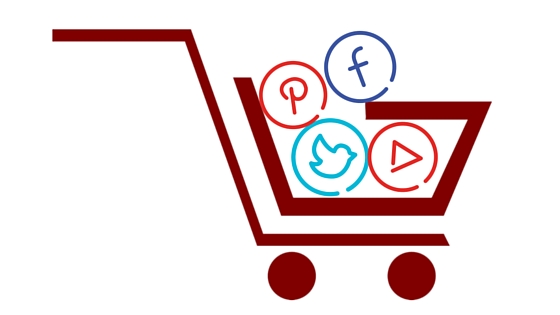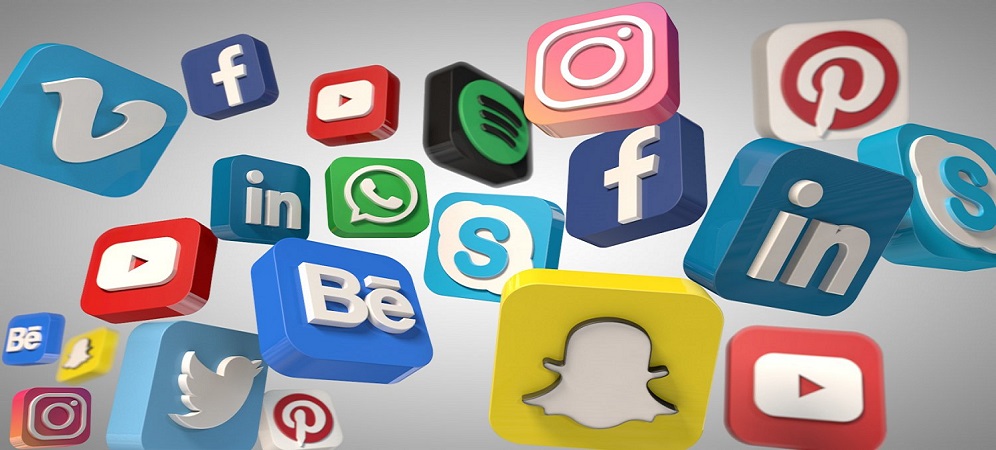
E-books can be a powerful strategy in your content marketing campaign. This is because it can be used to create thought leadership status and establish credibility as an expert in your field. Also, consumers will trust testimonials from fellow consumers over brands. Make sure to include testimonials in your website and to dedicate a section. Your content should be useful to those people who need help with the product or service that you offer.
Content marketing is a form of inbound marketing
While content marketing is often confused with inbound advertising, the two strategies are related. Both strategies are meant to draw visitors and convert them into clients. Inbound marketing involves various tactics including content creation, distribution, and social media marketing. The right tools are essential to help customers retain and attract them. Content marketing must be a success. These are the steps of content marketing.
It's a valuable service
Content marketing is defined by how people perceive it, whether it's a blog post or a video. Because it offers a targeted audience a service, content is valuable. You may be unsure what content marketing means. Here are some examples.
It is a strategy
Content marketing can be used to fill the digital space with brand-owned content. Content that is useful to the reader is not self-promotional, but serves a purpose beyond promotion. Content can be educational, entertaining, or spread new ideas. Marketers must first identify their audience, identify buyer personas and target verticals before creating content. Then, they need to determine which channels are best for them. Below are some strategies to help you make your content marketing plan a success.

It is a tool
If you've got a website or blog, you should consider using Ahrefs to analyze the effectiveness of your content marketing strategy. The tool crawls five billion web pages every day and analyzes the results of your content to help you improve your rankings and drive more traffic to your website. Its free resources will help to improve your website's content marketing strategy. You can also compare your content against other top-performing websites.
FAQ
How can I measure success with content marketing?
There are many ways to assess the effectiveness of your content-marketing strategy.
Google Analytics is a great tool for measuring traffic. This tool can show you where your targeted traffic originates and what pages they visit the most often.
It also tells you how long each visitor stays on your site before leaving.
You can then use this information to improve your content to get people's attention and keep them engaged for more extended periods.
You can also use these questions to gauge the success of content marketing efforts.
My email newsletters are providing value for my subscribers. How many people have converted to paying memberships from my entire mailing list? How many people have clicked through to my landing page? Is it true that clickers convert at higher rates than those who don't click?
These are all important metrics to track, monitor, and report on over time.
A great way of measuring content marketing success is to examine the number people share your content via social networks.
It's worth starting now, if it isn't already. It could be the difference in being seen or not in your industry.
How many hours per workweek should I be spending on content marketing?
It all depends on your circumstances. You might not have to spend much time on content marketing. If you are trying to attract traffic to your site, however, you may need to invest at least 1 hour each day.
How long should my content marketing campaign be expected to last?
This can vary depending on the industry or type of product or services offered.
You might spend one to three months designing a new pair of shoes if you are selling shoes. This could be an example: You launch a new product in August. Then, you continue to improve it throughout the year.
You might have two looks for fall if you sell clothing. Keep your audience interested in new products and keep them coming back for more.
Your goals determine the length of your content marketing campaign. Small-scale businesses may only require one channel. To reach large audiences, larger companies might need to consider several channels.
Where should I start with Content Marketing?
Start by identifying your audience. Who are they exactly? What are their needs and wants? What can you do to help them? Once you know who you're writing for, you can determine where to focus your efforts.
Which Content Marketing Platform is Best?
There are many platforms today. Each one has its advantages and disadvantages. Here are some top choices:
-
WordPress - Simple to setup and manage. Fantastic community.
-
Wix - Setup and maintenance are easier than WordPress There is no technical knowledge required.
-
Squarespace – The best option for those who already own a website.
-
Blogger – Free blogging service
-
Medium – A place that writers can share their work.
-
Instagram - A platform that uses images
-
LinkedIn - A networking platform.
-
Facebook - A social network.
-
YouTube - Video sharing platform.
-
Pinterest - Image-based platform.
-
Google Analytics – Track visitor behavior.
-
Hubspot is an email marketing software.
-
MailChimp: Email marketing software.
What are the benefits to content marketing?
Content marketing helps drive leads and sales by creating high-quality content. Content marketing also provides a steady stream of fresh, original content that can be used to promote products and services. Content marketing is a great way to increase brand awareness and trust among potential customers. Additionally, content marketing helps to project a positive image about your company.
Statistics
- According to our research, brand awareness, attracting traffic, and generating leads remain the key content marketing goals in 2022. (semrush.com)
- According to research compiled by Coschedule: Companies that publish 16+ blog posts a month get as much as 3.5x as much traffic as those that publish 0-4 posts a month. (criteo.com)
- Content marketing produces 3X more leads per dollar spent. Content marketing costs 62% less than traditional marketing. (criteo.com)
- According to the Content Marketing Institute, 70% of B2B marketers and 86% of B2C marketers surveyed use content marketing in some form or other. (criteo.com)
- Out of the 1,500 marketers we surveyed for our State of Content Marketing report, 78% who felt their content marketing strategy was exceptionally effective in 2021 had documented their strategy. (semrush.com)
- Forty-seven percent of buyers view 3 to 5 pieces of content before engaging with a sales representative. (mailchimp.com)
- To further show the importance of this, 89% of people have stopped doing business with a company because of a poor experience. (neilpatel.com)
- Progress indicators (0–100%) allow each team member to see how attainable each goal is and understand what remains to be accomplished. (semrush.com)
External Links
How To
Infographic Creation Tips for Content Marketing
Infographics can be a great way to simplify complex concepts and make it easy to understand. Infographics can be used to communicate your message.
You'll need design software such as Adobe Illustrator or Photoshop to create an infographic. These programs can be used to create different shapes and elements that represent your data. Then, you can add colors and fonts to make it look great. Once your design has been created, you can start uploading images from Unsplash/Pixabay to incorporate into it.
You can find inspiration for your own ideas by looking at existing infographics online. To show how many calories certain foods have, you can use a picture of a pyramid to illustrate this. You could also replace the numbers with images of the food. You could also look at the sugar content of soda pop, and then take a photo of a Coke bottle.
Once you have designed your infographic you can share it via social media channels, such as Facebook or Twitter. This allows people who don’t know much about the topic to find out more. If you decide to post your infographic on social media platforms, include hashtags so others can see what you're talking about. You can use hashtags to allow others to follow your conversations about specific topics.
If you decide to create an infographic, try making your posts shorter than usual. An average blog post will be between 2000 and 5000 words. An infographic, however, only needs 500 to 1000 words. This means that you can convey more information in a shorter space.
Keep in mind that viewers may have difficulty reading small fonts when creating your infographic. You should use large fonts for your infographics. Don't rely too heavily upon color. Also, make sure that all your text is legible.
These are additional tips:
-
Use an infographic template. There are many online templates that you can download or print. Canva, Piktochart or Google Slides are three of the most well-known templates.
-
Create your Infographic. To create your infographic, use the template. You can use any media that suits your audience. For example, creating an infographic about the best places to eat in Seattle might choose photos of local restaurants.
-
Add text. After creating your infographic, add text with Microsoft Word, PowerPoint, and Canva.
-
Add Images. Images can be added to your infographic. You can add images to your infographic. If you want to add a picture, make sure it's relevant to your topic.
-
Make It Interactive. You can add interactive elements, such as maps, buttons, and links. This will engage your audience.
-
Share. Share your infographic when you are done.
-
Measure. Do you know how well your infographic performed? Did they click through to your site? Did they sign up for your email list? What was their reaction to your infographic?
-
Improve. Is there a way to improve your infographic? Are you able to do it better the next time?
-
Repeat. Do it again.